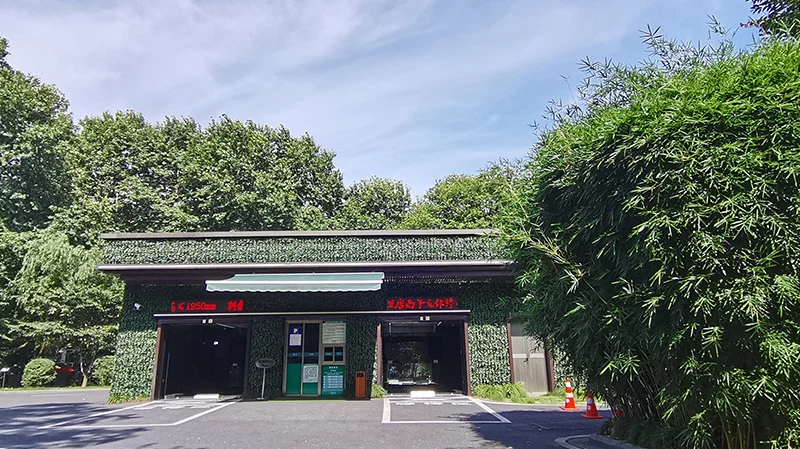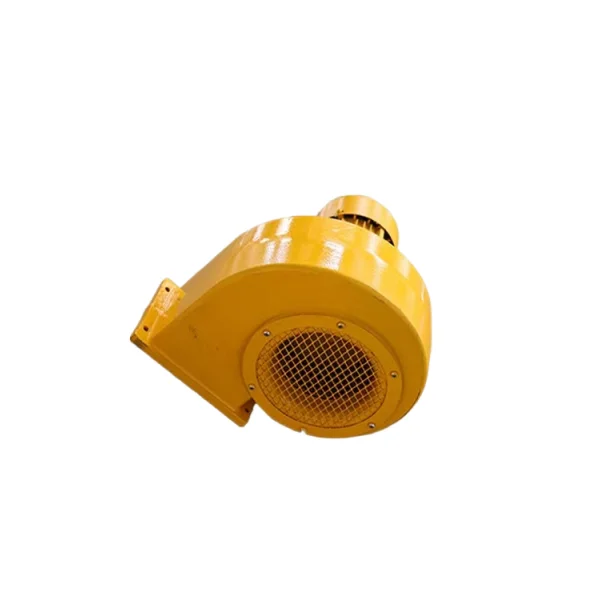When it comes to mechanical engineering, the intricacies of gear systems play a pivotal role in the functionality and efficiency of machinery. Among these systems, worm gears are particularly noteworthy due to their unique design and operational characteristics. However, a common question arises: how do you tell the difference between a left-hand and right-hand worm gear? This article aims to provide a comprehensive guide to understanding the distinctions between these two types of worm gears, their applications, and the implications of choosing one over the other.
Understanding Worm Gears
Before delving into the specifics of left-hand and right-hand worm gears, it’s essential to grasp the fundamental principles of worm gears. A worm gear consists of a worm (a screw-like component) and a worm wheel (a gear that meshes with the worm). This configuration allows for high torque transmission and significant speed reduction, making worm gears ideal for applications requiring substantial mechanical advantage.
Defining Left-Hand and Right-Hand Worm Gears
The primary distinction between left-hand and right-hand worm gears lies in the direction of the worm's thread.
- Right-Hand Worm Gear: This type of worm gear has a thread that spirals in a clockwise direction. When viewed from the end of the worm, the thread moves upward to the right. Right-hand worm gears are commonly used in various applications, including conveyor systems and lifting mechanisms.
- Left-Hand Worm Gear: Conversely, a left-hand worm gear features a thread that spirals in a counterclockwise direction. When viewed from the end of the worm, the thread moves upward to the left. Left-hand worm gears are less common but are utilized in specific applications where the direction of rotation needs to be reversed.
How to Identify Left-Hand and Right-Hand Worm Gears
Identifying whether a worm gear is left-hand or right-hand can be accomplished through several methods:
- Visual Inspection: The simplest way to determine the type of worm gear is through visual inspection. By examining the direction of the thread, you can ascertain whether it spirals clockwise or counterclockwise.
- Thread Direction: Use a ruler or caliper to measure the pitch of the thread. If the thread rises to the right, it is a right-hand worm gear; if it rises to the left, it is a left-hand worm gear.
- Rotation Testing: If the worm gear is already installed in a system, you can test its rotation. By manually rotating the worm, observe the direction in which the worm wheel turns. A right-hand worm will cause the wheel to rotate in a specific direction, while a left-hand worm will rotate it in the opposite direction.
Applications and Implications
Understanding the difference between left-hand and right-hand worm gears is crucial for several reasons:
- Mechanical Design: In mechanical design, selecting the appropriate worm gear type is essential for ensuring that the system operates as intended. Using the wrong type can lead to inefficient operation or even mechanical failure.
- Torque and Load Considerations: The choice between left-hand and right-hand worm gears can also impact torque transmission and load distribution within a system. Engineers must consider these factors when designing gear systems for specific applications.
- Maintenance and Replacement: When maintaining or replacing worm gears, knowing the correct type is vital. Installing the wrong gear can lead to increased wear and tear, ultimately affecting the longevity of the machinery.
Conclusion
In conclusion, distinguishing between left-hand and right-hand worm gears is not merely a matter of semantics; it is a critical aspect of mechanical engineering that can significantly impact the performance and reliability of machinery. By understanding the fundamental differences, employing visual inspection techniques, and considering the implications of gear selection, engineers and technicians can ensure optimal functionality in their designs. As the world of engineering continues to evolve, mastering these nuances will remain essential for anyone involved in the design and maintenance of mechanical systems.


